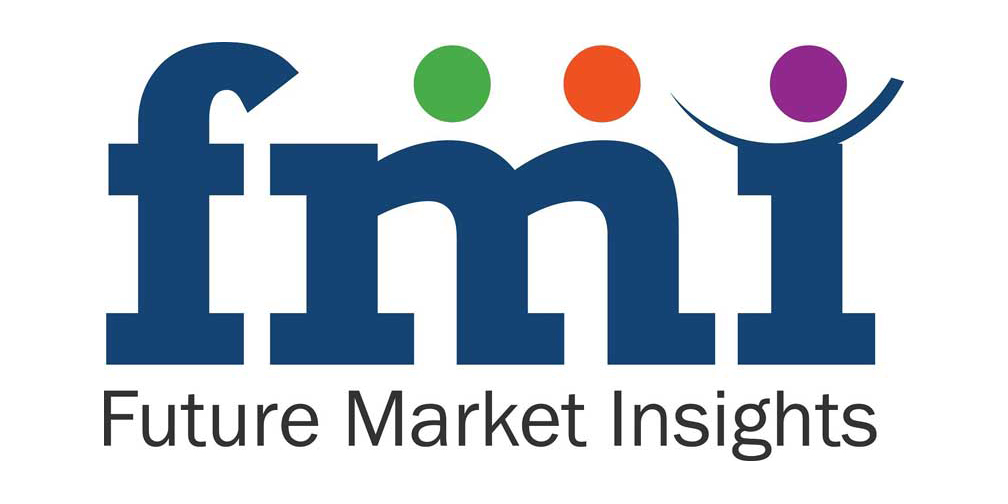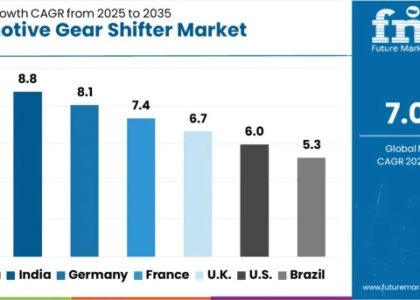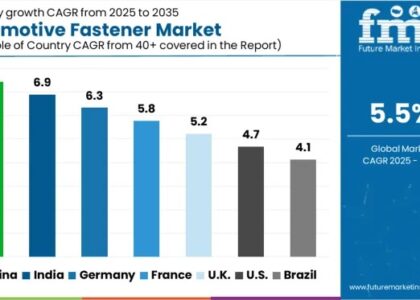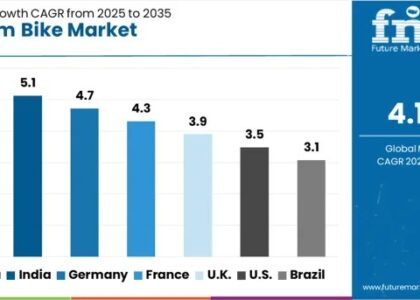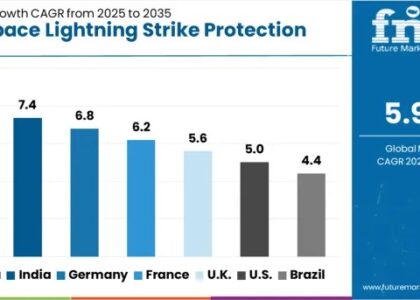According to Future Market Insight, the global high-temperature industrial burner market is likely to reach USD 2.36 billion by 2033, registering a CAGR of 3.9%. This represents a remarkable surge compared to the projected value of USD 1.61 billion in 2023.
With the global industrial sector experiencing substantial growth, the demand for high-temperature industrial burners has soared. Industries such as petrochemicals, chemicals, metallurgy, glass, and ceramics rely heavily on high-temperature burners for critical applications like heating, melting, drying, and thermal processing.
Achieving energy efficiency is a paramount objective in today’s industrial landscape. High-temperature industrial burners play a vital role in this pursuit by offering precise heat control, reduced fuel consumption, and minimized heat losses. As sustainability becomes a primary concern, the adoption of high-temperature burners is becoming increasingly prevalent.
Governments and regulatory bodies worldwide are imposing rigorous environmental regulations to tackle emissions and mitigate pollution. High-temperature industrial burners, equipped with advanced combustion technologies like low nitrogen oxide burners, facilitate compliance with emission standards. These burners also aid in reducing the environmental footprint of industries.
Electronics, aerospace, and automotive industries have witnessed a surge in demand for specialty materials like advanced ceramics and refractories. Manufacturing and processing these materials necessitate the precise and controlled heating provided by high-temperature industrial burners. These burners have become indispensable in meeting these requirements.
The oil and gas industry continues to expand. This drives the demand for high-temperature burners utilized in oil refining, petrochemical processing, and liquefied natural gas production. The exploration of new oil and gas fields and the expansion of existing facilities contribute significantly to the high-temperature industrial burner market growth.
Industries are increasingly embracing process intensification techniques to optimize productivity, reduce production time, and enhance efficiency. High-temperature burners play a crucial role in process intensification. They provide rapid and controlled heat transfer. This leads to improved process performance. Additionally, it results in substantial cost savings.
Escalating environmental concerns and stringent regulations have fostered a heightened focus on clean and sustainable technologies in industrial processes. Consequently, there is a strong demand for high-temperature burners that offer improved energy efficiency, reduced emissions, and lower fuel consumption.
Safety is a critical factor in high-temperature industrial processes. Burner manufacturers are prioritizing the development of burners that meet stringent safety standards and regulatory compliance. Incorporating features such as flame detection systems, integrated safety controls, and automatic shutdown mechanisms ensures safe operations and prevents accidents.
High-temperature industrial burners are complex systems that require significant investment for installation, maintenance, and operation. The initial capital expenditure involved in implementing these burners can be substantial. This makes it a deterrent for some industries, especially small and medium-sized enterprises with limited budgets.
Key Takeaways from the High-temperature Industrial Burner Market
- The high-temperature industrial burner industry in the United Kingdom is anticipated to rise sizably, exhibiting a CAGR of 2.8% through 2033.
- The United States held a 14.2% share of the global high-temperature industrial burner industry in 2022.
- With a CAGR of 5% over the forecast period, India is predicted to develop rapidly in the high-temperature industrial burner industry.
- In 2022, Japan had a 6% share of the high-temperature industrial burner industry globally.
- China’s high-temperature industrial burner industry is expected to flourish speedily, registering a CAGR of 4.6% over the forecast period.
- Germany accounted for 6.9% of the global high-temperature industrial burner industry in 2022.
Competitive Landscape in the High-temperature Industrial Burner Market
Key players are actively engaged in various strategies to maintain their competitive edge and cater to the evolving demands of industries. These strategies include product innovation and development to enhance burner efficiency, reduce emissions, and improve overall performance. Key players are also focusing on expanding their global presence by entering new markets through strategic partnerships, collaborations, and acquisitions. They are investing in research and development activities to introduce advanced technology burners and intelligent burner systems. Furthermore, key players are strengthening their customer support services and providing comprehensive solutions to address specific industrial requirements. Additionally, key players are investing in marketing and promotional activities to create awareness about their products and expand their customer base.
Recent Developments by Key Players
In October 2021, E&M Combustion unveiled a prototype hydrogen burner. This burner is specifically designed for district heating systems, capable of efficiently heating large areas and buildings. It has the capability to operate on pure hydrogen or a combination of hydrogen and natural gas.
In November 2020, Fives launched the Pillard NOVAFLAM® Evolution, their next-generation burner. This burner is available in both mono-channel and bi-channel versions specifically designed for rotary kilns. It offers unparalleled performance, setting it apart from other burners in the market.
Key Segments Covered in High-temperature Industrial Burner Market Analysis
By Burner Type:
- Regenerative Burner
- High-Velocity Burner
- Impulse Burner
- Radiant Burner
- Customized (Burner Boiler)
- Flat Flame Burner
- Oxygen Burner
- Sinter Burner
- Low & Ultra-Low Nox Burner
- Flameless Burner
By Burner Design:
- Mono-block
- Single-stage
- Two-stage
- Duo-block
By Rated Power:
- 1 to 5 MW
- 5 to 10 MW
- 10 to 20 MW
- 20 to 50 MW
- 50 to 100 MW
By Application:
- Boilers
- Steam & Gas Turbine
- HRSG (Heat Recovery Steam Generation)
- Furnaces/Forges
- Hot Air Generators
- Incineration
By Fuel Type:
- Gas Burner
- Oil Burner
- Dual Fuel Burner
By End-Use Industry:
- Metallurgy
- Power Generation
- Thermal
- CHP & CCHP
- Bio Gas
- Oil & Gas
- Cement & Refractories
- Chemical & Petro Chemical
- Industrial Co-Generation Plant
- District Heating
- Pulp & Paper
- Marine
- Municipal Waste Incineration
By Region:
- North America
- Latin America
- Europe
- East Asia
- South Asia Pacific
- Middle East & Africa
About Future Market Insights (FMI):
Future Market Insights, Inc. (ESOMAR certified, Stevie Award – recipient market research organization and a member of Greater New York Chamber of Commerce) provides in-depth insights into governing factors elevating the demand in the market. It discloses opportunities that will favor the market growth in various segments on the basis of Source, Application, Sales Channel and End Use over the next 10 years.
Contact Us:
Future Market Insights, Inc.
Christiana Corporate, 200 Continental Drive,
Suite 401, Newark, Delaware – 19713, USA
T: +1-845-579-5705
LinkedIn | Twitter | Blogs | YouTube
For Sales Enquiries: sales@futuremarketinsights.com


